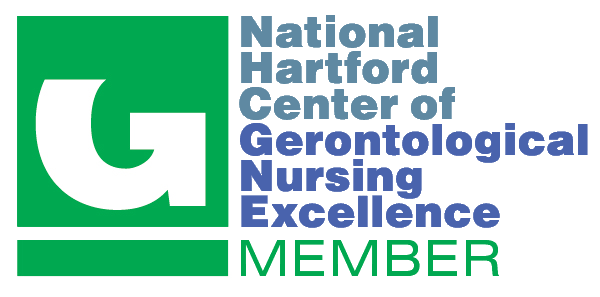PhD in Nursing Science Program
Catherine H. Ivory
Standardizing Failure to Rescue Elements in Perinatal Nursing Documentation
Dissertation under the direction of Professor Betsy Weiner
Healthcare literature stresses the need for increased patient safety and quality; the. current healthcare environment necessitates fiscal responsibility Approximately 4.3 million births occur in the United States every year at a cost of approximately $16 billion dollars. Perinatal nurses manage the care for hospitalized childbearing women and their newborns and share responsibility for quality outcomes. The perinatal nurse’s role in safety and quality cannot be minimized. The need to make perinatal nursing processes visible and the ability to assess which processes yield the best outcomes support the need for retrievable, measureable perinatal data and for tools to quantify outcomes related to perinatal safety and quality. An example of such a tool for the childbearing population is perinatal failure to rescue. This study explored whether elements of a perinatal failure to rescue tool could be specifically defined and whether those defined elements exist in any of four selected standard nursing terminologies.
This was an exploratory study with mixed methods. The two-phased approach included a modified Delphi study followed by cross-mapping of terms to four standard nursing terminologies, with cross-mapping validation by an expert panel. The Delphi study had 29 participants and was completed in three rounds. Consensus of at least 75% was achieved for 76 individual perinatal failure to rescue elements. The elements were mapped to each of four standard nursing terminologies, CCC, ICNP, LOINC and SNOMED-CT. While each standard language contained some failure to rescue elements, more than 80% were identified to be present in SNOMED-CT. A five-member expert panel validated 100% of the mapping findings. Study results provide a foundation for further research focused on eventual incorporation of perinatal failure to rescue elements into electronic documentation systems.




